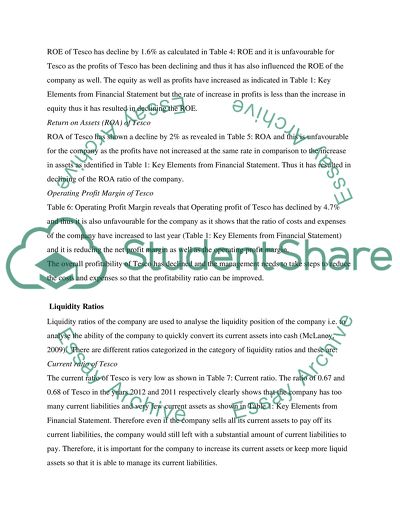Cite this document
(“Using financial ratios to analyse companies Essay”, n.d.)
Using financial ratios to analyse companies Essay. Retrieved from https://studentshare.org/finance-accounting/1613172-using-financial-ratios-to-analyse-companies
Using financial ratios to analyse companies Essay. Retrieved from https://studentshare.org/finance-accounting/1613172-using-financial-ratios-to-analyse-companies
(Using Financial Ratios to Analyse Companies Essay)
Using Financial Ratios to Analyse Companies Essay. https://studentshare.org/finance-accounting/1613172-using-financial-ratios-to-analyse-companies.
Using Financial Ratios to Analyse Companies Essay. https://studentshare.org/finance-accounting/1613172-using-financial-ratios-to-analyse-companies.
“Using Financial Ratios to Analyse Companies Essay”, n.d. https://studentshare.org/finance-accounting/1613172-using-financial-ratios-to-analyse-companies.


